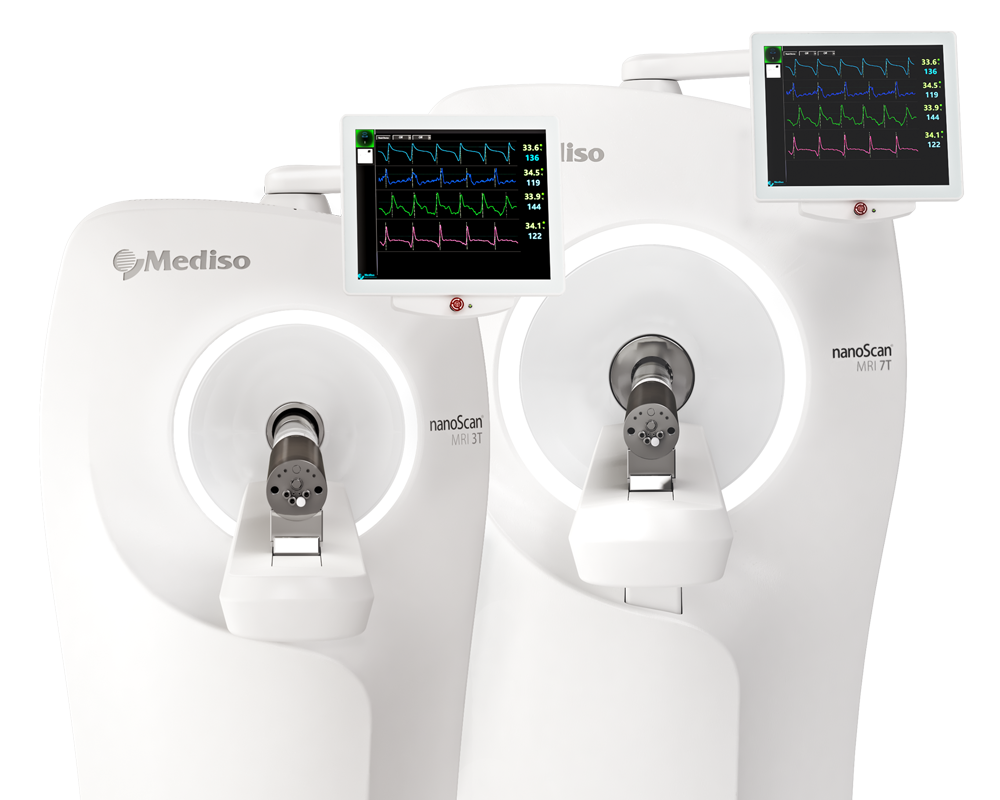Chronic exposure to a synthetic cannabinoid alters cerebral brain metabolism and causes long-lasting behavioral deficits in adult mice
2023.02.28.
Caroline Bouter et al., Journal of Neuronal Transmission, 2023
Summary
Cannabis is one of the most commonly used illicit drugs and the use of cannabis has increased over the last decades . In parallel, there is a worldwide trend towards decriminalization and legalization of cannabis. Several countries around the world have already legalized the recreational use of cannabis, including Uruguay, Australia, Canada and some states in the United States.
The endocannabinoid system (ECS) is a complex, highly conserved endogenous regulatory system that is involved in many physiological functions including brain development, cognitive and memory functions, inflammatory processes as well as respiratory, cardiovascular, and reproductive processes. Alterations in components of the ECS have been shown to play a role in various pathological conditions such as cancer, cardiovascular, and neurodegenerative diseases. Therefore, pharmacological modulation of the system has gained significant interest in medical research with the goal of developing drugs capable of affecting signaling pathways downstream of the ECS.
Natural and synthetic cannabinoids possess anti-inflammatory, anti-proliferative, and anti-analgesic properties. Therefore, there has been growing interest in cannabis as a potential therapeutic agent. For example, modulation of the endocannabinoid system seems to have beneficial effects on neurodegenerative diseases, particularly Alzheimer’s disease. Thus, activation of cannabinoid receptors 1 and 2 (CB1 and CB2) has been shown to have neuroprotective effects, reducing beta-amyloid, tau, and neuroinflammation in vitro and in vivo in rodents. The synthetic CB1 and CB2 agonist WIN 55,212-2 has previously been shown to modulate neuroinflammation, increase beta-amyloid clearance, and improve cognitive impairment in several preclinical studies using cell culture and rodent models of Alzheimer’s disease. However, to take full advantage of the beneficial effects of cannabinoids like WIN 55,212-2 for the treatment of diseases in the sense of ‘drug re-purposing’, more data on potential side effects of prolonged treatment are needed.
Regular cannabis use has been associated with a variety of short- and long-term adverse effects including an increased risk of developing psychiatric symptoms like acute psychosis, paranoia, hallucinations, and mania. In rodents chronic treatment with WIN 55,212-2 in adolescence resulted in long-term impairments in object and social recognition, sensory-motor gating, social behavior and social play, as well as self-care.
However, the underlying brain alterations linking cannabinoids to clinical and behavioral phenotypes remain debated. Therefore, neuroimaging can be a powerful tool to non-invasively investigate the effects of cannabis exposure on brain function in both humans and animal models. Positron emission tomography (PET) with 18F-fluorodeoxyglucose (FDG) can be used to evaluate brain activity and therefore provide important insights in the effects of cannabinoids like WIN 55,212-2 on the brain.
Given the projected increase in cannabis use and the growing interest in the therapeutic potential of cannabinoids, it is critical to understand the effects of cannabis constituents and synthetic cannabinoids on the brain and behavior. Therefore, the aim of this study was to investigate the effects of long-term WIN 55,212-2 treatment, with and without prolonged abstinence, on cerebral metabolism and memory function in healthy adult wildtype mice.
Results from the and nanoScan PET/CT
7-month-old former (n = 8) and current (n = 5) WIN-treated WT mice and untreated age-and sex-matched WT mice (n = 5) were scanned with 18F-FDG-PET/CT using the nanoScan PET/CT. Following an overnight fasting period, blood glucose levels were measured before tracer injection in each mouse. 15.57–25.54 MBq 18F-FDG (Mean 21.71 MBq) were administered into a tail vein with a maximum volume of 200 μl followed by an uptake period of 45 min in which mice were awake and kept warm. After the uptake period, mice were anesthetized with 1–2% isoflurane supplemented with oxygen (0.5 l/min, cp-pharma, Burgdorf, Germany). PET acquisition time was 20 min and scans were performed in a single mouse model. Mice were kept on a heated bed (37 °C) during the scans and the respiratory rate was measured. CT-based attenuation correction was conducted.
Figure 7. shows the result from the PET scans, related to prolonged WIN 55,212-2 treatment decreases cerebral glucose metabolism in several brain regions. To determine treatment effects on brain metabolism in vivo, former and current WIN-treated 7-months-old WT mice and age- and sex-matched control mice were scanned with 18F-FDG-PET. 18F-FDG distributed to the brain as well as to extracranial areas including the Harderian glands, myocardium, brown adipose tissue, intestines, kidneys, and the urinary bladder in all studied mice.
Former WIN-treated mice showed significantly lower 18F-FDG uptake in the hippocampus, amygdala, and midbrain regions compared to untreated mice (Fig. 7c, e; unpaired t-test, treatment: former: hippocampus: p = 0.0073; amygdala: p = 0.0254; midbrain: p = 0.0089).
Current WIN-treated mice also showed significantly lower 18F-FDG uptake in the hippocampus and midbrain regions compared to untreated mice (Fig. 7d,f; unpaired t-test, treatment: current: hippocampus: p = 0.0306; midbrain: p = 0.0384). All other regions did not show significant differences between current WIN-treated and control mice (unpaired t-test, treatment: current: cortex: p = 0.321; thalamus: p = 0.1963; cerebellum: p = 0.15; amygdala: p = 0.1567; forebrain: p = 0.3464; hypothalamus: p = 0.193; olfactory bulb: p = 0.3619).
- The authors' data demonstrate that long-term treatment with the synthetic cannabinoid WIN 55,212-2 in adulthood leads to a severe hypometabolism in the brain, even after a long period of abstinence.
- In addition, the authors have shown that WIN 55,212-2 exposure causes persistent memory deficits, especially when mice were treated in early adulthood.
- These findings highlight the risks of prolonged WIN 55,212-2 use and underline the need for additional basic and clinical research before cannabinoids should be approved for clinical use.
Wie können wir Ihnen behilflich sein?
Bitte kontaktieren Sie uns für technische Informationen und Unterstützung jeglicher Art in Zusammenhang mit unseren Entwicklungen und Produkten.
Kontaktformular
